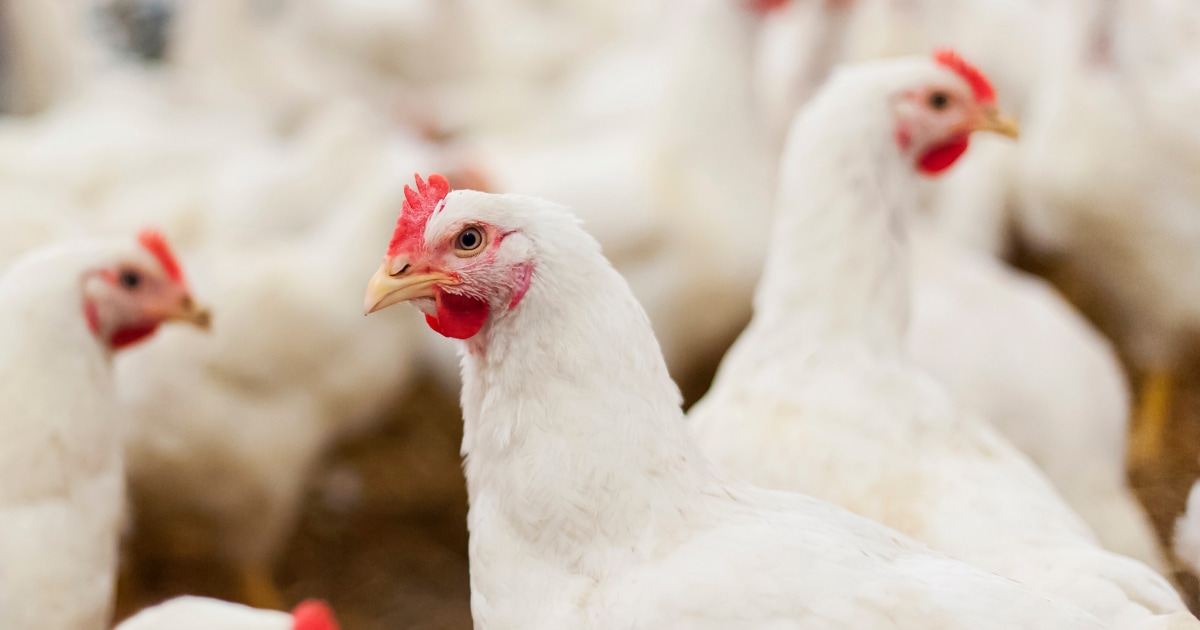Understanding the Recent H5N1 Cases in Missouri: A Closer Look at Bird Flu Transmission
In recent weeks, the Centers for Disease Control and Prevention (CDC) has been closely monitoring a concerning situation involving H5N1, a strain of avian influenza, in Missouri. The case has raised alarms among health officials and the public alike, particularly due to the unusual circumstances surrounding the infections. This article delves into the details of the situation, the implications for public health, and the ongoing investigations.
The Missouri Patient: A Unique Case
The Missouri bird flu patient, who was hospitalized in August, tested positive for the H5 virus despite having no known contact with poultry or dairy cows. This lack of clear exposure has puzzled health officials, as H5 viruses typically spread through direct contact with infected birds or contaminated environments. The patient, who had severe underlying health conditions, has since recovered, but the origins of the infection remain unclear.
Health Workers and Household Contacts: Emerging Symptoms
Following the diagnosis of the Missouri patient, a second health worker who cared for the individual developed mild respiratory symptoms. Interestingly, this health worker was not tested for influenza, as their illness had resolved by the time the investigation commenced. The CDC has indicated that this worker will be offered a blood test to check for antibodies related to the bird flu virus.
Additionally, a household contact of the Missouri patient also fell ill on the same day, presenting with gastrointestinal symptoms. While these symptoms can sometimes be associated with influenza, it remains uncertain whether these individuals were infected with the H5 virus. The CDC has collected blood samples from both the patient and the household contact for serological testing, which may confirm any previous H5N1 infections.
Investigating Potential Transmission Routes
The unusual timing of these illnesses, particularly outside of the typical flu season, has raised eyebrows among experts. Dr. Matthew Binnicker, director of the clinical virology laboratory at the Mayo Clinic, expressed concern that the Missouri patient and the household contact might have been infected by the same source or that one could have transmitted the virus to the other. This possibility of human-to-human transmission, although rare, is a significant concern for public health officials.
The CDC is actively investigating potential sources of infection, including any interactions the Missouri patient may have had with wild birds, bird feeders, or consumption of animal products such as raw milk. Despite the lack of known animal contact, the investigation aims to uncover any possible links to the outbreak of H5N1, which has been spreading rapidly among poultry and dairy herds across multiple states.
Expert Opinions on Human-to-Human Transmission
Experts like Dr. William Schaffner, an infectious disease specialist at Vanderbilt University Medical Center, have weighed in on the implications of potential human-to-human transmission. He noted that even if the virus were to transmit between individuals, it does not necessarily indicate that it has evolved to spread more easily among humans. The current understanding is that bird flu infections can occur in a limited fashion among those with close contact with an infected person.
The Broader Context of H5N1 Outbreaks
Since March, there have been 14 reported bird flu infections, primarily among poultry and dairy workers, amid a significant outbreak of H5N1 affecting dairy cows across 213 herds in 14 states. The CDC continues to monitor the situation closely, as the high mortality rate associated with H5 viruses poses a serious threat to public health.
Conclusion: Vigilance and Preparedness
As the investigation into the Missouri H5N1 cases continues, health officials emphasize the importance of vigilance and preparedness. While the risk of widespread transmission remains low, the situation serves as a reminder of the potential dangers posed by zoonotic diseases. Ongoing research and monitoring will be crucial in understanding the dynamics of H5N1 and ensuring public safety.
In summary, the recent developments in Missouri highlight the complexities of avian influenza transmission and the need for continued public health vigilance. As investigations unfold, the hope is that health officials will uncover the source of the infection and mitigate any potential risks to the broader community.


